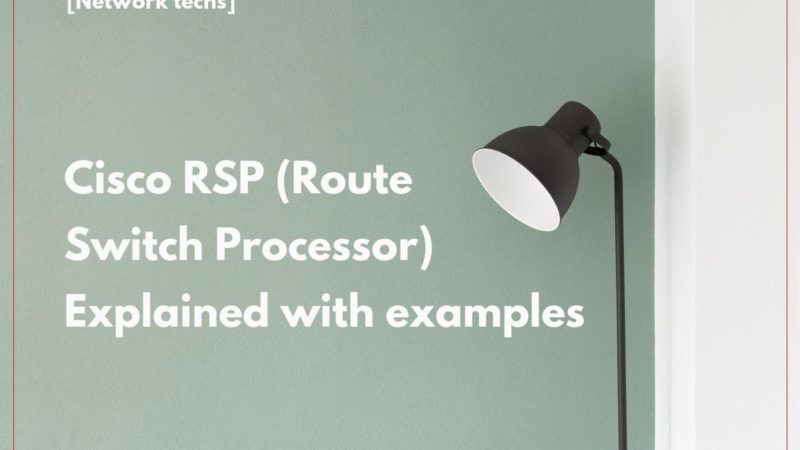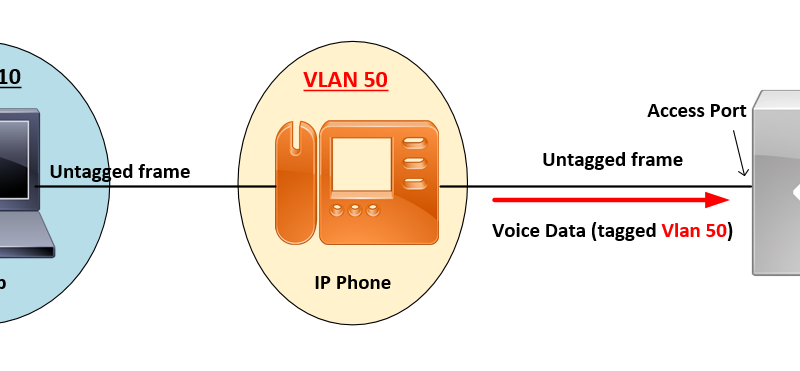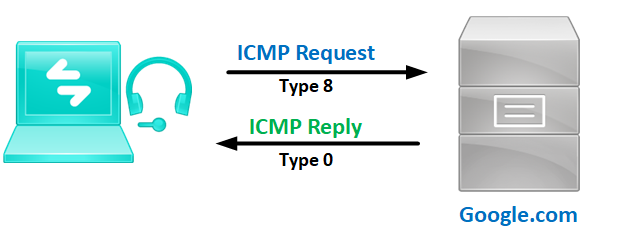OSPF Neighbor Adjacency Requirements [With Configuration]
![OSPF Neighbor Adjacency Requirements [With Configuration]](https://learnduty.com/wp-content/uploads/2022/03/image-23.png?v=1647900064)
In order to Form OSPF Neighborship or Adjacency between two routers, some attributes need to match on both sides:
- Match Area ID
- Match Timers
- Match Authentication
- Match Subnet
- Match MTU (stuck in Extart)
- Match Area Type Flags (Example Stub)

I- Area ID
The first thing that OSPF check is the Area ID. It should match on both sides.

OSPF Area ID Configuration:
R1(config)#router ospf 1
R1(config-router)#network 172.16.0.0 0.0.0.3 area 20If OSPF Area is mismatched between the router’s interface, OSPF neighborship will not form and the following message will appear:
” %OSPF-4-ERRRCV: Received invalid packet: mismatch area ID “
II- OSPF Timers: OSPF Hello and Dead Interval
OSPF Hello timer (default is 10 Sec): defines how often OSPF Hello packets are sent to the neighbor.
OSPF Hello Interval (default is 40 Sec, 4×10): maximum time to wait for an OSPF neighbor to send a Hello packet before declaring it as down (dead)
OSPF Timers Configuration Example:
In order to reduce OSPF convergence time, we can reduce the OSPF timers with these commands:
- To change the Hello Interval: ip ospf hello-interval
- To change the Dead Interval: ip ospf dead-interval
R1#configure terminal
Enter configuration commands, one per line. End with CNTL/Z.
R1(config)#interface Serial0/1
R1(config-if)#ip ospf hello-interval 4
R1(config-if)#ip ospf dead-interval 16
III- OSPF Authentication
There are two methods of authentication that are defined for OSPFv2: plain text authentication and cryptographic authentication. This module describes how to configure cryptographic authentication using the Hashed Message Authentication Code.
IV- Match Subnet
In order to form OSPF neighborship, Routers Interface should be in the same subnet and Layer connectivity is up.
V- Match MTU
Links on routers have an MTU. The outgoing packets, including OSPF packets cannot have a bigger size than the interface MTU. Let’s have a look at the behavior of OSPF and packets.
VI- OSPF Area Type
Area type Can be OSPF standard Area, STUB, NSSA, etc.
The OSPF Area type should match to form OSPF neighborship.
Please refer to OSPF Area Types guide.
VII- OSPF Network type
Although this is not listed in the OSPF neighborship requirement, an incompatible network can’t form an OSPF neighborship.
There are several OSPF network types:
- Broadcast
- Non-Broadcast
- Point-to-point
- Point-to-multipoint
These OSPF network types can be classified into DR and non-DR types.
OSPF neighborship can’t be formed between DR and non-DR OSPF network types.



![OSPF DR and BDR Election Explained [with Configuration]](https://learnduty.com/wp-content/uploads/2022/03/image-33.png?v=1647900046)
![OSPF Neighbor States Explained [Step by Step]](https://learnduty.com/wp-content/uploads/2022/03/image-13.png?v=1647900076)
![OSPF Area Types Explained and Configuration [Demystified]](https://learnduty.com/wp-content/uploads/2022/03/image-8.png?v=1647900083)
